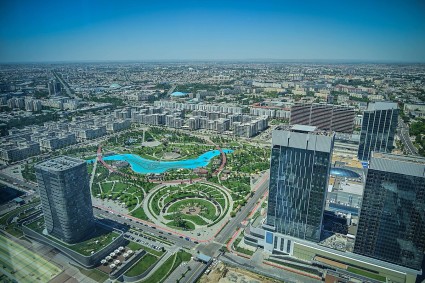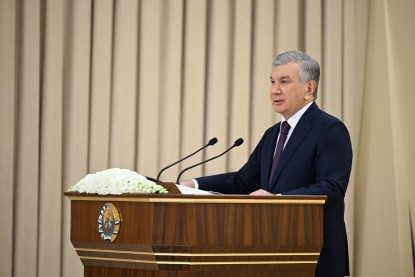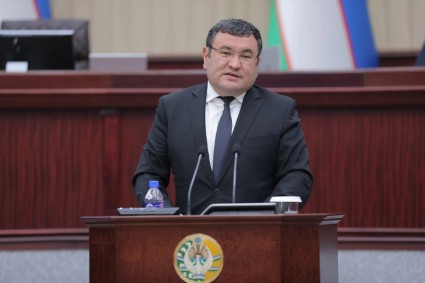Today marks the 80th anniversary of the start of nation-wide construction of the Great Ferghana Canal when 160 thousand peasants started digging works on the future riverline.
The channel was dug in 45 days, with 18 million m3 of soil, stones, sand and clay were manually excavated using only ketmens and shovels, with 14 excavators, 245 tractors and 420 vehicles involved. The canal was inaugurated on December 31, 1939.
The canal is 270 kilometers long with over 1,000 hydrotechnical plants located along the waterway, 50 of which are known to be significantly important. It includes two tracts: the upper Norin (44 km) and lower Qoradaryo (301 km).
There are also 9 dams, 258 water outlets, 7 spillways, 8 aqueducts and 101 bridges for transport highways along the canal. In total, the Great Ferghana Canal system irrigates about 500 thousand hectares.
Thanks to the construction of the Great Ferghana Canal, along with the Southern Ferghana Canal and the Northern Ferghana Canal, the irrigation volume in the Ferghana Valley significantly increased in 1940-1941. Because of this, cotton picking was doubled in the region.
If on the one hand the construction of the canal is the symbol of nationwide cohesion of the Uzbek society, on the other hand it created a huge negative ecological change through the desiccation of the Aral Sea as a result of poor water management and overuse.



















